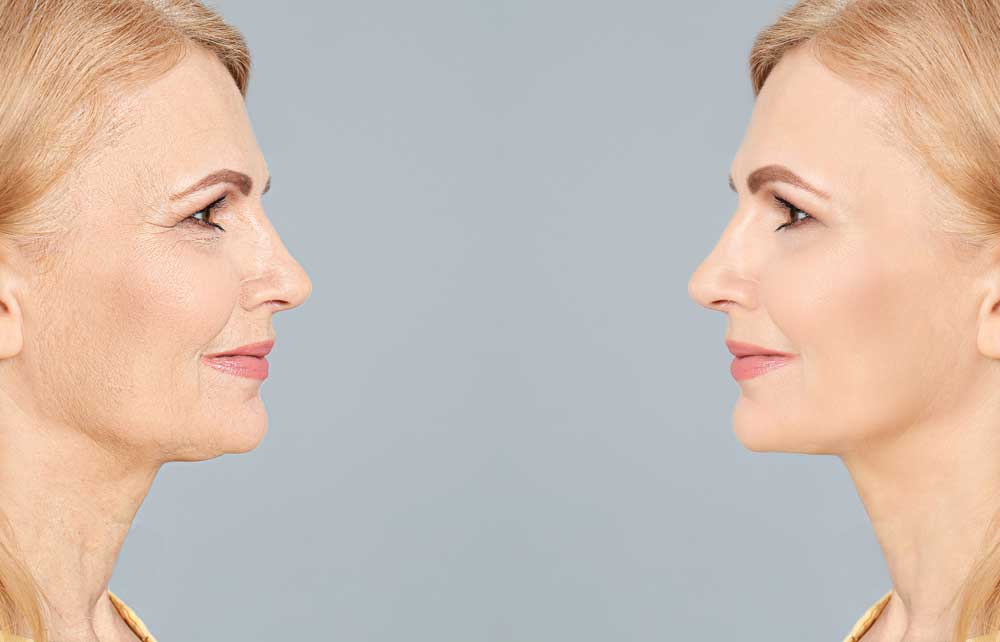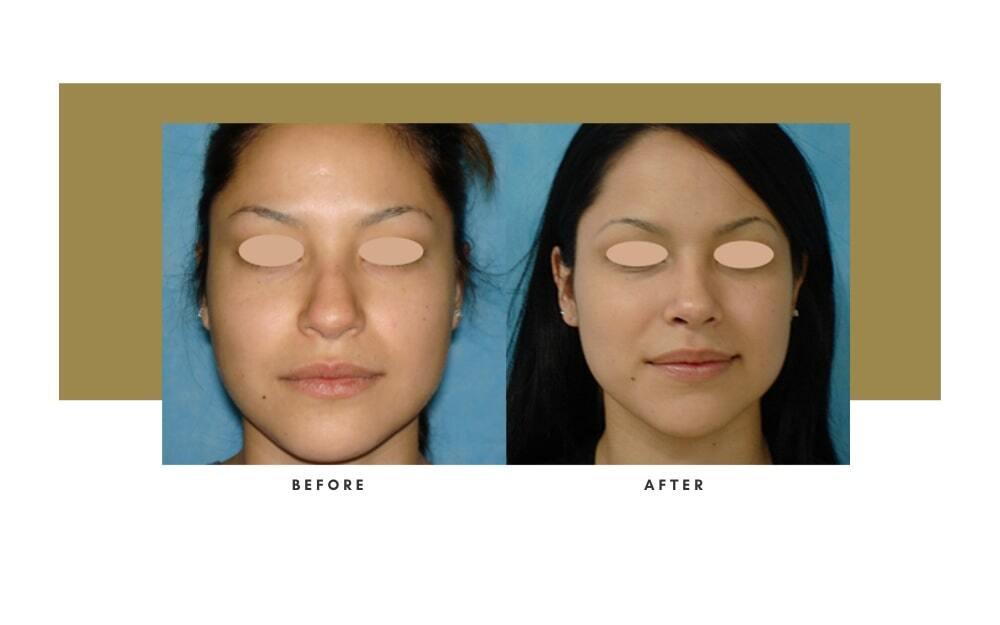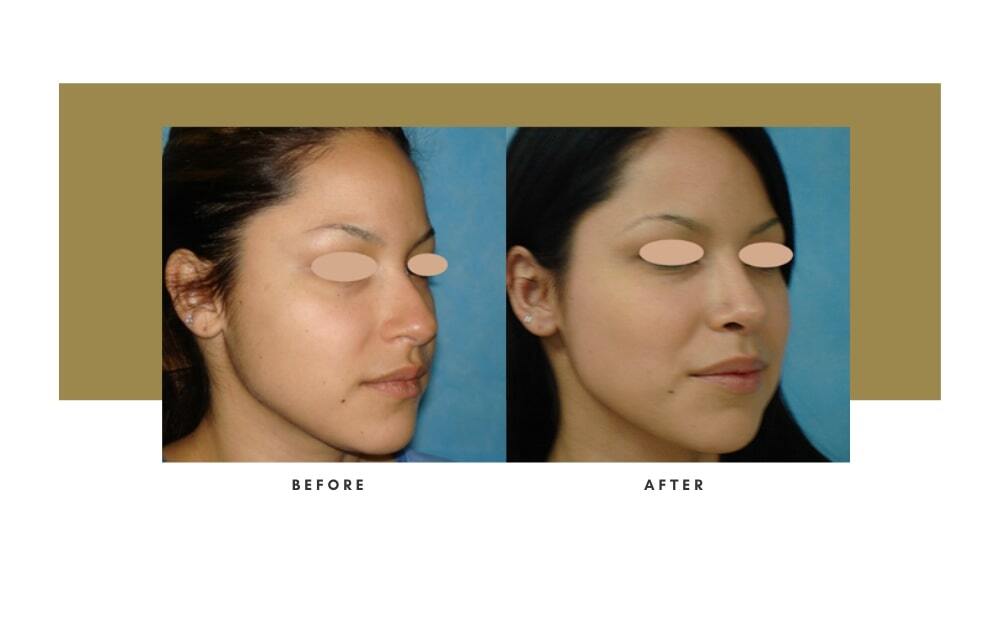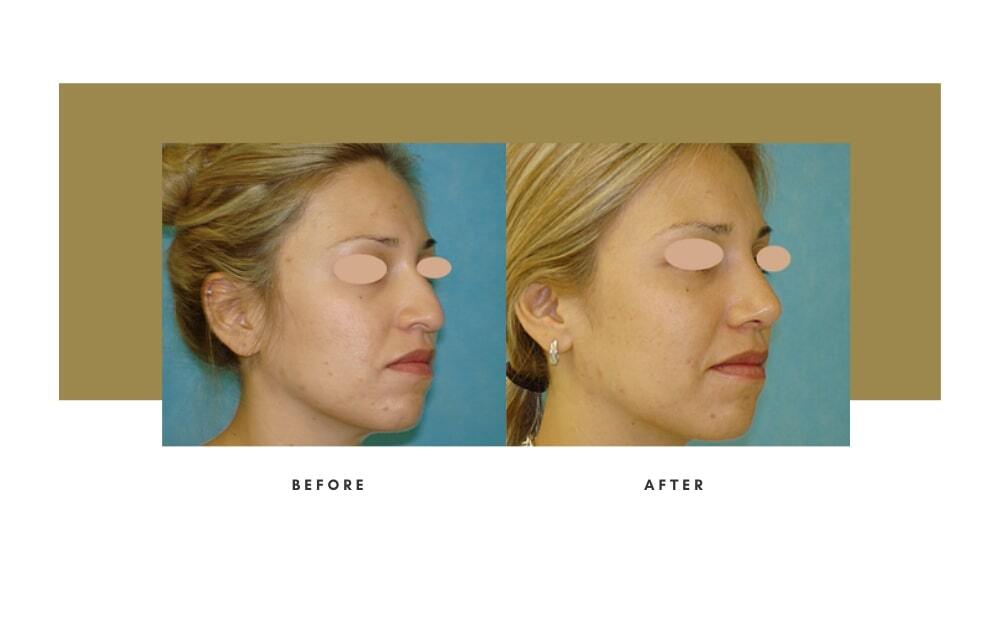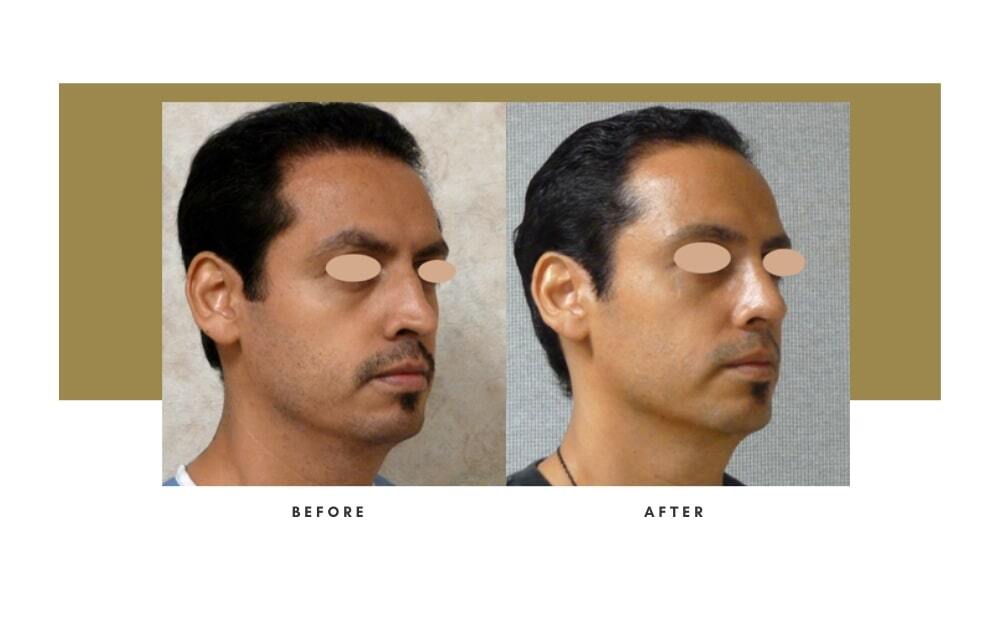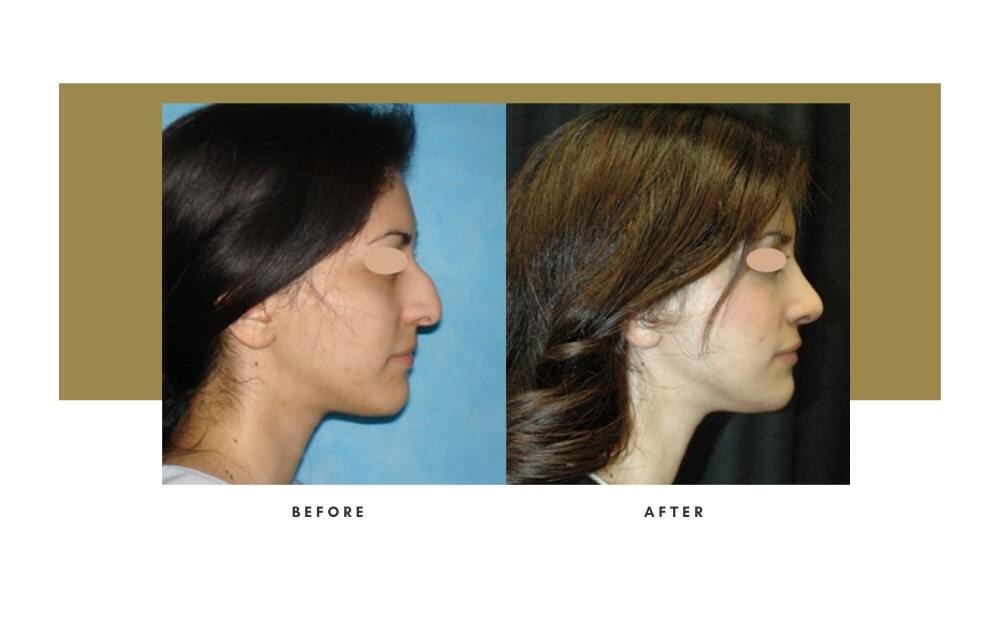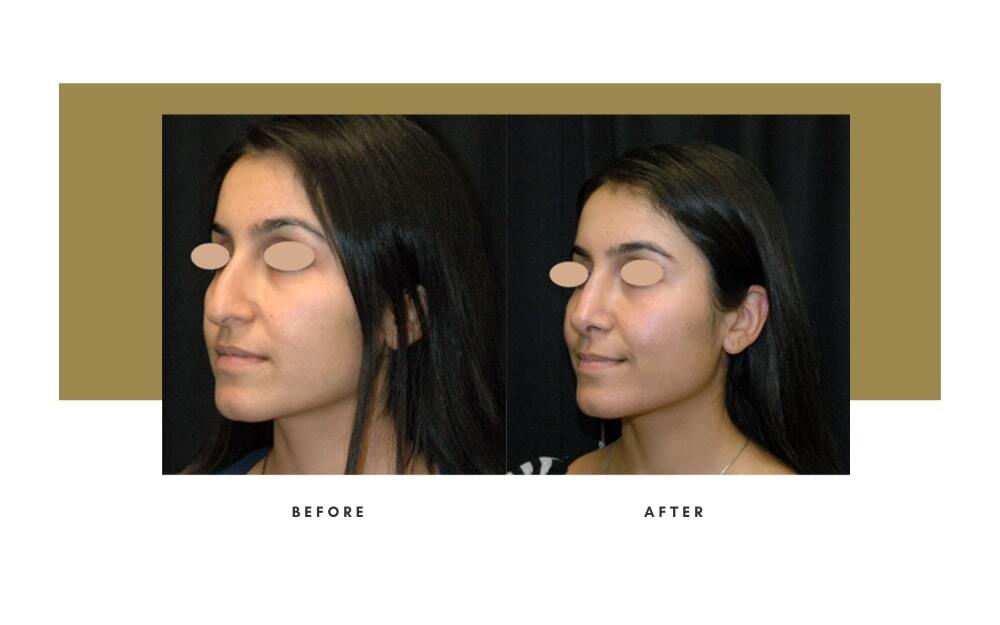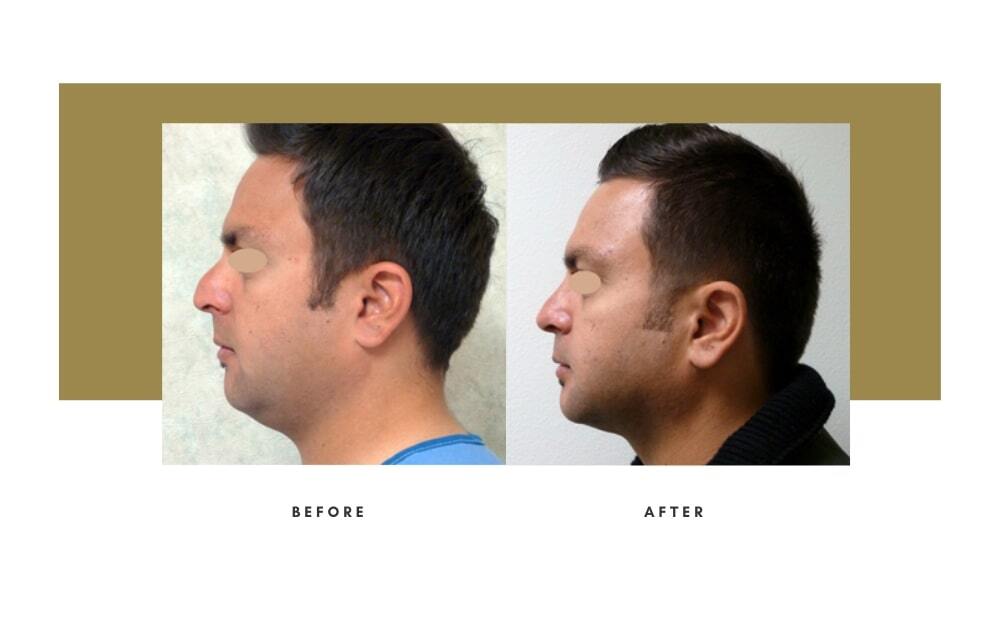Rhinoplasty, or commonly known as a nose job, is among the most popular plastic surgery procedures in the country. In all of 2019, the procedure was rated the sixth most popular among patients. In addition, a recent survey by the American Society for Aesthetic Plastic Surgery reported up to 148,000 procedures performed within a single year.
Nose jobs are popular and many before/after photos indicate that plastic surgeons can achieve wonders with their work. However, some patients have concerns about what to expect and how to manage their recovery following the procedure. The truth is that this process is not as problematic as some patients may initially feel. In fact, by following regular recovery procedures, you can start showing the results of your rhinoplasty sooner and without further complications.
Your Rhinoplasty Recovery
You may notice that swelling may occur following the procedure. There may be a sensation felt in the area, but it is generally neither painful nor uncomfortable. To best manage swelling is to lay on your bed or be in a sitting position with your nose higher than your chest. This promotes optimal blood flow and reduces the extent of swelling and bruising.
During your recovery, avoid any intensive exercise for two weeks following the rhinoplasty date. These include weightlifting, swimming, and running. Lighter exercises such as walking can be done, but mostly do so in a smaller space such as around your home or yard. For any bruising, use ice to treat the area, any discoloration is temporary and will last between 10 days to 2 weeks.
The surgery site should also be kept clean at all times. You can use a Q-tip soaked in hydrogen peroxide and apply it to the treated area and dissolve any remaining scabs. This is important to help prevent infections and make sure you are progressing completely through the recovery stage.
By following these practices, you can make sure your rhinoplasty recovery is as successful and comfortable as possible. For additional information, schedule a consultation with Dr. Edween and her team today.
Wound Care
This one’s pretty basic: you need to keep your wound clean.
A great way to do this is to soak a Q-tip in hydrogen peroxide, and gently apply it to any scabbed blood until the scabs dissolve.
Sounds kind of gross, we know. But it’s really important to make sure you don’t get infections during your rhinoplasty recovery stage, and also so your face and nose feel as comfortable as possible.
This sort of cleaning will only be necessary for up to the first 5 days. After that, the bleeding should stop so you won’t need to worry about it anymore.
Of course, wound care is something you’ll discuss with your surgeon. You won’t be able to shower and wet your face because of the dressings and packing, so make sure you’re armed with all the information you need to keep wounds clean and dry.


